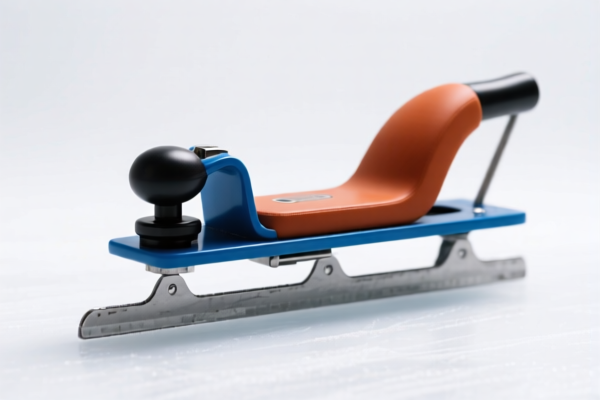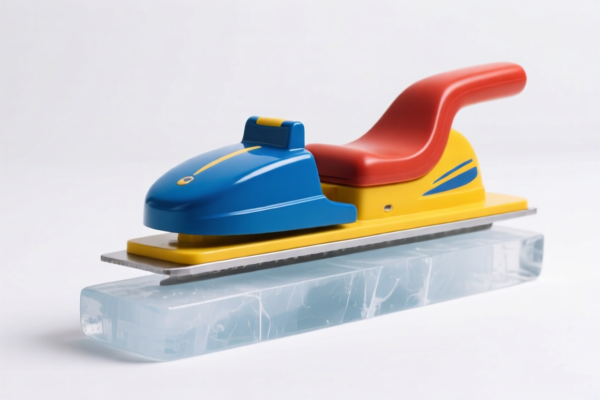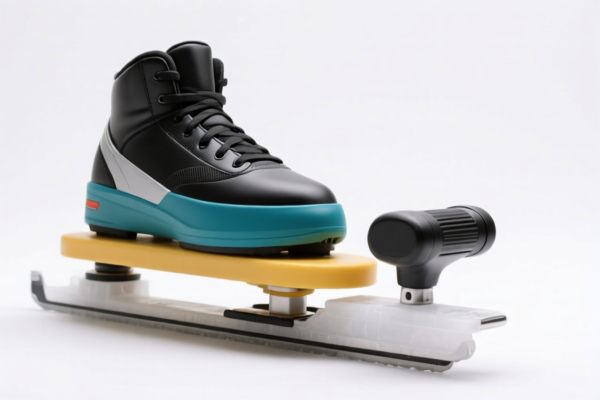| HS Code | Official Doc | Tariff Rate | Origin | Destination | Effective Date |
|---|---|---|---|---|---|
| 8461903040 | Doc | 59.4% | CN | US | 2025-05-12 |
| 8461906030 | Doc | 59.4% | CN | US | 2025-05-12 |
| 4417008010 | Doc | 60.1% | CN | US | 2025-05-12 |
| 4417008090 | Doc | 60.1% | CN | US | 2025-05-12 |
| 6804100000 | Doc | 55.0% | CN | US | 2025-05-12 |
| 6804300000 | Doc | 55.0% | CN | US | 2025-05-12 |




Planer
A planer, also known as a surface planer, is a machine tool used to create flat, level surfaces on metal or other materials. It removes material through a linear cutting motion, typically using a single-point cutting tool.
Material:
Planers are constructed primarily from cast iron, providing rigidity and vibration damping. Cutting tools are typically made from high-speed steel (HSS), carbide, or ceramic materials, selected based on the workpiece material and desired cutting speed. Workpieces can include a wide range of metals (steel, aluminum, brass, etc.), as well as wood, plastic, and composites.
Purpose:
The primary purpose of a planer is to produce accurately sized and finished flat surfaces. This includes:
- Leveling: Creating a perfectly flat base or top surface.
- Sizing: Reducing the dimensions of a workpiece to a precise size.
- Shaping: Creating specific flat shapes or contours.
- Finishing: Achieving a smooth surface finish.
Function:
A planer operates by moving a single-point cutting tool linearly across a stationary workpiece. The workpiece is typically mounted on a table that can move in multiple directions (longitudinal, transverse, vertical) for precise positioning. The cutting tool is rigidly held in a tool head that can be adjusted for depth of cut, feed rate, and cutting speed. The cutting process removes material in the form of chips, creating the desired surface. Coolant is often used to lubricate the cutting tool and workpiece, and to flush away chips.
Usage Scenarios:
- Manufacturing: Producing flat surfaces on large metal components, such as machine tool beds, slides, and tables.
- Toolmaking: Creating precision flat surfaces on molds, dies, and fixtures.
- Repair and Maintenance: Resurfacing worn or damaged flat surfaces.
- Woodworking: Creating flat boards and surfaces (though often a jointer is preferred for edge planing, and a thickness planer for consistent thickness).
Common Types:
- Standard Planer (Double Housing Planer): The most common type, featuring a rigid housing that supports the cutting tool and provides stability. The table moves under a fixed tool head.
- Universal Planer: Offers greater versatility with the ability to perform a wider range of operations, including slotting, keyway cutting, and angle planing.
- Dividing Head Planer: Equipped with a dividing head for creating complex shapes and contours.
- Edge Planer: Specifically designed for planing the edges of workpieces.
- Wood Planer (Thickness Planer): Used for reducing the thickness of wood boards to a consistent dimension. These are often smaller and less robust than metalworking planers.
- Hand Planer: A manual tool used for smaller planing tasks and finishing work.
The declared goods are identified as a planer, a machine tool used for planing, a metal removal process.
The following HS codes are relevant based on the provided information:
-
8461903040: Machine tools for planing, shaping, slotting, broaching, gear cutting, gear grinding or gear finishing, sawing, cutting-off and other machine tools working by removing metal or cermets, not elsewhere specified or included: Other: Numerically controlled Planing machines: Other. This code specifically covers numerically controlled planing machines.
- 84: Chapter 84 – Nuclear reactors, boilers, machinery and mechanical appliances; parts thereof.
- 61: Heading 84.61 – Machine tools for working metal.
- 90: Subheading 8461.90 – Other machine tools for working metal not elsewhere specified or included.
- 30: Further breakdown specifying numerically controlled planing machines.
- 40: Even more specific, indicating 'Other' within the numerically controlled planing machine category.
-
8461906030: Machine tools for planing, shaping, slotting, broaching, gear cutting, gear grinding or gear finishing, sawing, cutting-off and other machine tools working by removing metal or cermets, not elsewhere specified or included: Other: Other Planing machines: Other. This code covers other planing machines not specifically classified elsewhere.
- 84: Chapter 84 – Nuclear reactors, boilers, machinery and mechanical appliances; parts thereof.
- 61: Heading 84.61 – Machine tools for working metal.
- 90: Subheading 8461.90 – Other machine tools for working metal not elsewhere specified or included.
- 60: Further breakdown specifying other planing machines.
- 30: Even more specific, indicating 'Other' within the other planing machine category.
The total tax rate for both 8461903040 and 8461906030 is 59.4%, comprised of a 4.4% base tariff, a 25.0% additional tariff, and a 30.0% additional tariff effective after April 2, 2025.
Customer Reviews
No reviews yet.